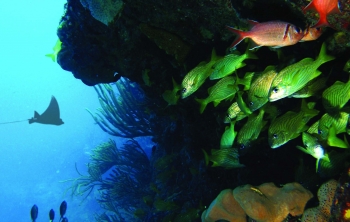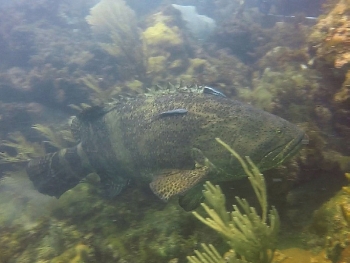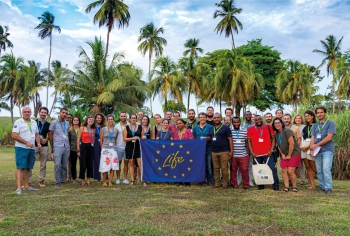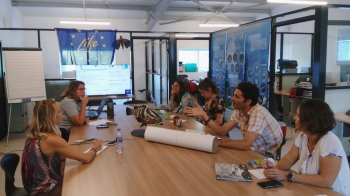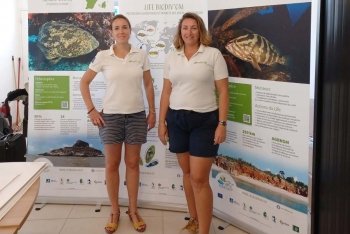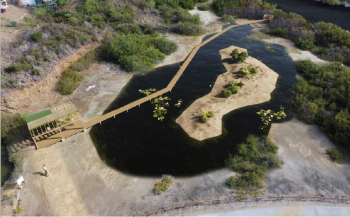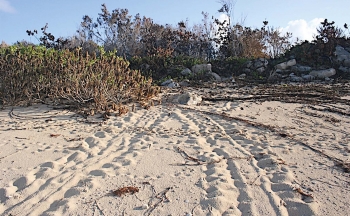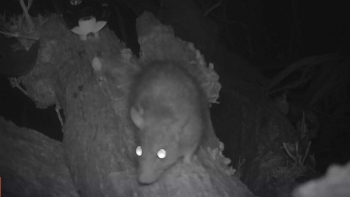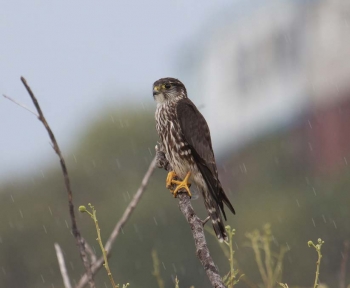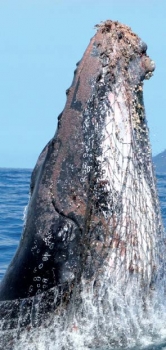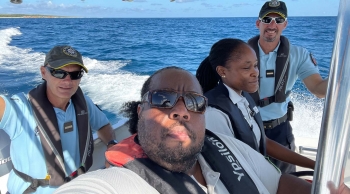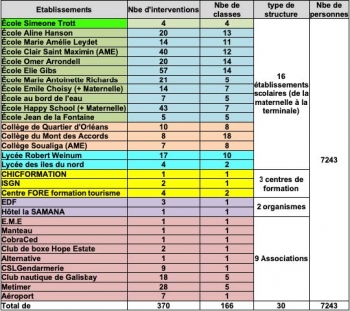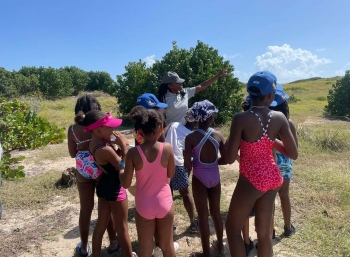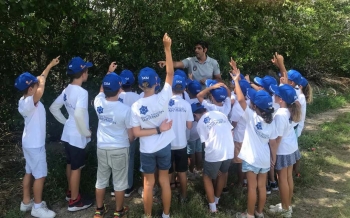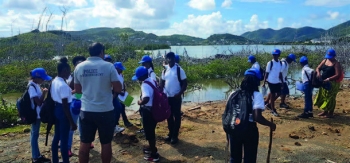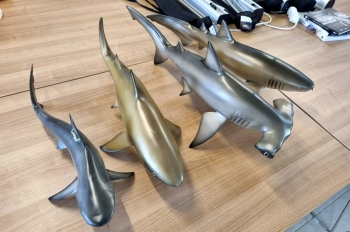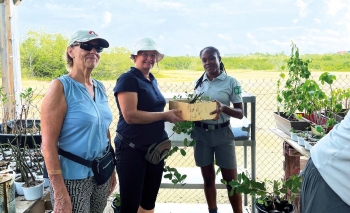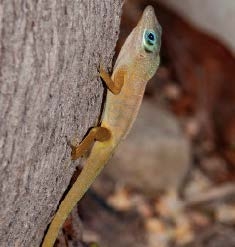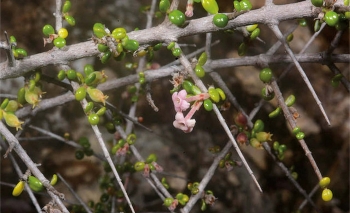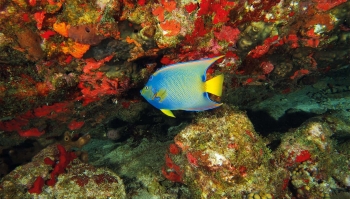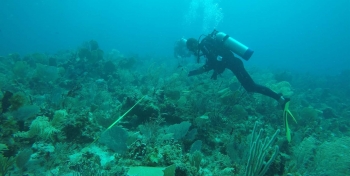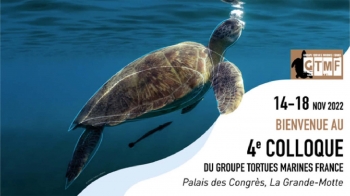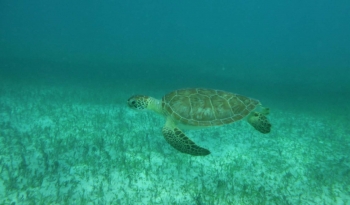Project ReCorEA: Protecting coral and associated ecosystems
The Réserve Naturelle won the call for projects launched by the French Office For Biodiversity (OFB), for the resilience of coral reefs and their associated ecosystems (seagrass beds and mangroves). Baptized ReCorEA, this project aims to reduce the pressure put on these three coastal ecosystems. The project proposed by the Réserve Naturelle desires to evaluate and limit the impact created by the restoration of the mangrove, on one hand, but also the impact linked to nautical activities on the other hand, through the reinforcement of mooring zones—at Rocher Créole, Tintamarre, and Pinel—accompanied by a new management strategy and usage regulations. The goal of this project, which will comprise the updating of the mapping of the coastal habitats and surveying the health of the three ecosystems targeted by the Réserve Naturelle, consists suggesting activities to restore the mangroves, redeployment of the zones for mooring and light equipment (ZMEL), protecting the seagrass beds, and coral communities. These actions, planned for 2023 and 2024, will be run within the Réserve and its immediate periphery by a project manager recently recruited. Financed by the OFB, the ReCorEA project has also been funded by the Véolia Environmental Foundation and Atout France. These activities are consistent with other activities led by the Réserve Naturelle for several years, as well as by the Galisbay Port Authority, in the bays of Marigot, Grand Case, and Cul de Sac.

